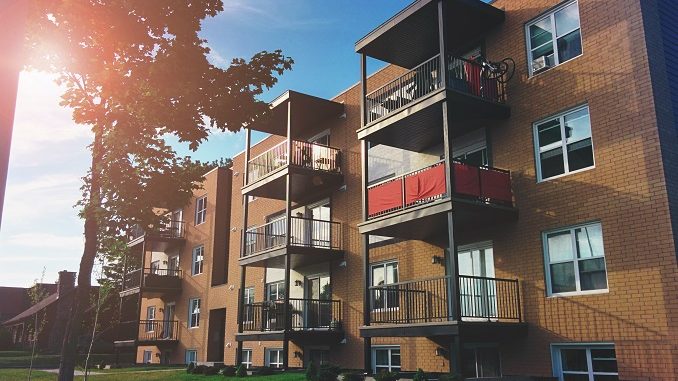
By establishing a new tax credit income rule that might qualify more housing projects and extending deadlines for when they must be put into service, the U.S. Treasury took action on Friday to protect and increase the availability of affordable housing, Reuters reports.
The Low-Income Housing Tax Credit’s finalized income-averaging regulation now permits inhabitants of qualified projects to have a wider range of income levels by adopting average rather than fixed restrictions for all units.
A 2018 bill that Congress approved to provide developers more latitude in qualifying for the credits is clarified by the regulation.
In order to qualify for the tax credit, which can cover up to 70% of the costs of an affordable housing project, a project had to make at least 20% of its units accessible to people making at least 50% of the area’s median income (AMI) or 40% of its units accessible to people making at least 60% of AMI.
According to a Treasury official, the new rule permits more renters with higher incomes to coexist with people who earn less, with at least 40% of a project’s units meeting an average of 60% of AMI.
Even if their income increases marginally, more low-income individuals will remain in these apartments, according to Dave Borsos, vice president of capital markets at the National Multifamily Housing Council. These apartments are often rented out for no more than 30% of the gross renter’s salary.
“The concern that we had as an industry was what happens when you have somebody who is suddenly making 61% of the income threshold, which would have required you to force that person to leave the property,” Borsos explained.
Backlogs in construction and supply chain issues brought on by the pandemic will prevent certain projects from being disqualified owing to the tax credit’s deadline for when a property must be put into service, according to Borsos.
Additionally, the Federal Housing Finance Agency has taken action to let Fannie Mae and Freddie Mac, two housing finance companies, to grant an extra $6 billion in “forward commitment” funding each year to help developers of residential projects obtain long-term financing.
The adjustments made public on Friday come in response to Treasury’s decision in July to provide state, local, and tribal governments additional latitude in how they might use COVID-19 bailout money for affordable housing, including direct long-term project financing.

Be the first to comment